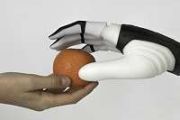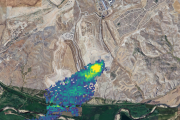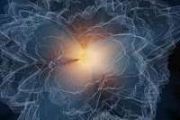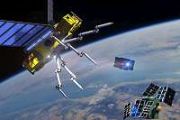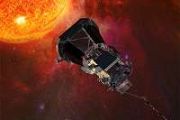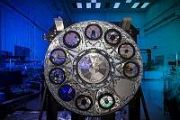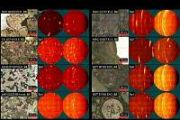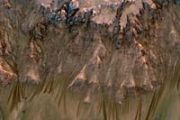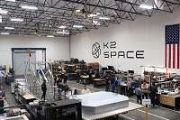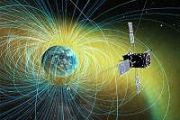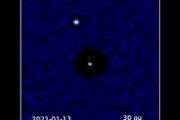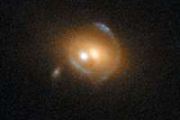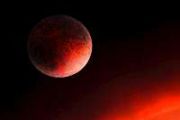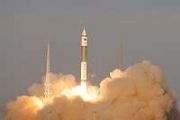
Copernical Team
Hubble investigates a magnetar’s birthplace
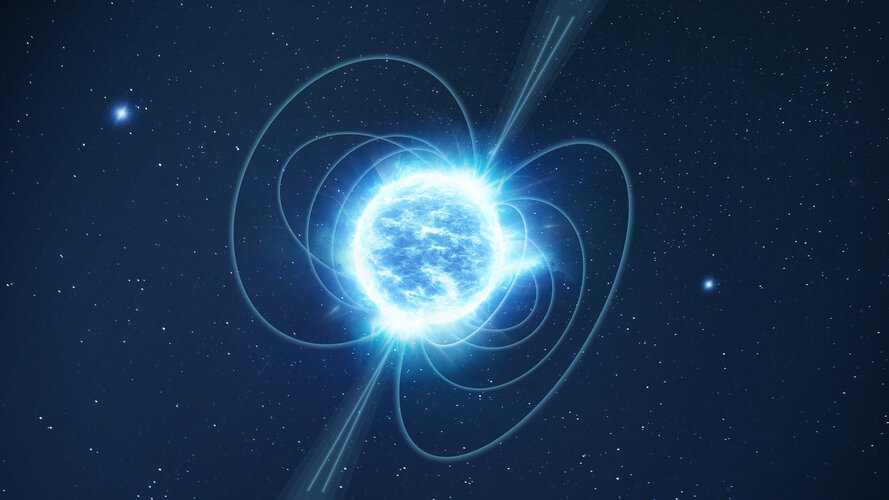
Researchers using the NASA/ESA Hubble Space Telescope have discovered that the magnetar SGR 0501+4516 was not born in a neighbouring supernova as previously thought. The birthplace of this object is now unknown, and SGR 0501+4516 is the likeliest candidate in our galaxy for a magnetar that was not born in a supernova. This discovery was made possible by Hubble’s sensitive instruments as well as highly accurate reference data from the European Space Agency's Gaia spacecraft.
Protecting ocean biodiversity with satellite data

An ESA-funded study that used satellite data to define biodiversity zones and shipping lanes in the Atlantic Ocean suggests it is possible to protect 30% of ocean habitats, with little impact on fishing and shipping.
Meet Biomass
 Video:
00:00:53
Video:
00:00:53
Meet Biomass – ESA’s next Earth Explorer mission to launch. Carrying the first P-band synthetic aperture radar in space, this new mission is set to deliver crucial information about the state of our forests and how they are changing, and to further our knowledge of the role forests play in the carbon cycle.
Two-dimensional semiconductors demonstrate space readiness for next-gen devices
 In a landmark demonstration of material resilience, researchers at Tsinghua University's School of Materials Science and Engineering have confirmed that two-dimensional (2D) semiconductor materials can endure the extreme environment of space. The investigation, led by Professor Ruitao Lv, involved launching both 2D materials and field-effect transistors (FETs) into low Earth orbit aboard China's
In a landmark demonstration of material resilience, researchers at Tsinghua University's School of Materials Science and Engineering have confirmed that two-dimensional (2D) semiconductor materials can endure the extreme environment of space. The investigation, led by Professor Ruitao Lv, involved launching both 2D materials and field-effect transistors (FETs) into low Earth orbit aboard China's Space Systems Command Launches Orbital Watch, Providing Critical Threat Information to Commercial Sector
 Orbital Watch, a first-of-its-kind initiative produced by Space Systems Command's (SSC) Front Door, will provide critical, unclassified threat information as a resource to assist companies across the commercial sector in developing capabilities pre-designed to defend against current and emerging threats.
Front Door is a first-step portal for early-stage startups, non-traditional partners,
Orbital Watch, a first-of-its-kind initiative produced by Space Systems Command's (SSC) Front Door, will provide critical, unclassified threat information as a resource to assist companies across the commercial sector in developing capabilities pre-designed to defend against current and emerging threats.
Front Door is a first-step portal for early-stage startups, non-traditional partners, Space Rider ALEK clears launch vibration and shock trials
 The ALEK structure, part of ESA's uncrewed Space Rider vehicle, has successfully completed an extensive battery of mechanical qualification tests at the agency's facilities. Over a two-month campaign, ALEK was subjected to a full suite of stress simulations replicating the extreme conditions of launch aboard a Vega-C rocket.
The initial phase of testing focused on vibration endurance. Tech
The ALEK structure, part of ESA's uncrewed Space Rider vehicle, has successfully completed an extensive battery of mechanical qualification tests at the agency's facilities. Over a two-month campaign, ALEK was subjected to a full suite of stress simulations replicating the extreme conditions of launch aboard a Vega-C rocket.
The initial phase of testing focused on vibration endurance. Tech Saltzman details Space Force's international partnership strategy at Space Symposium
 Chief of Space Operations Gen. Chance Saltzman gave insights into a new, soon-to-be-released International Partnership Strategy to unify like-minded nations' efforts in the space domain during his keynote at the 40th Space Symposium in Colorado Springs, April 9.
Saltzman described this strategy as a critical evolution in response to growing threats and rapid technological advancements, dec
Chief of Space Operations Gen. Chance Saltzman gave insights into a new, soon-to-be-released International Partnership Strategy to unify like-minded nations' efforts in the space domain during his keynote at the 40th Space Symposium in Colorado Springs, April 9.
Saltzman described this strategy as a critical evolution in response to growing threats and rapid technological advancements, dec Northrop Grumman completes milestone undocking of MEV-1 in GEO orbit
 Northrop Grumman Corporation's Space Logistics LLC has achieved a significant milestone in commercial satellite servicing, successfully completing the first-ever undocking between two commercial spacecraft in geosynchronous Earth orbit (GEO). The Mission Extension Vehicle-1 (MEV-1) disengaged from Intelsat's IS-901 satellite, marking the conclusion of a five-year mission that extended the operat
Northrop Grumman Corporation's Space Logistics LLC has achieved a significant milestone in commercial satellite servicing, successfully completing the first-ever undocking between two commercial spacecraft in geosynchronous Earth orbit (GEO). The Mission Extension Vehicle-1 (MEV-1) disengaged from Intelsat's IS-901 satellite, marking the conclusion of a five-year mission that extended the operat NASA's Lucy Spacecraft Prepares Second Asteroid Encounter
 NASA's Lucy spacecraft is 6 days and less than 50 million miles (80 million km) away from its second close encounter with an asteroid; this time, the small main belt asteroid Donaldjohanson.
This upcoming event represents a comprehensive "dress rehearsal" for Lucy's main mission over the next decade: the exploration of multiple Trojan asteroids that share Jupiter's orbit around the Sun. Lu
NASA's Lucy spacecraft is 6 days and less than 50 million miles (80 million km) away from its second close encounter with an asteroid; this time, the small main belt asteroid Donaldjohanson.
This upcoming event represents a comprehensive "dress rehearsal" for Lucy's main mission over the next decade: the exploration of multiple Trojan asteroids that share Jupiter's orbit around the Sun. Lu NASA adds critical stage adapter to Artemis II Moon rocket
 NASA's Artemis II rocket has taken another step toward launch readiness with the installation of a major structural component. On April 12, technicians at the Kennedy Space Center's Vehicle Assembly Building successfully placed the launch vehicle stage adapter atop the core stage of the Space Launch System (SLS) rocket. The operation, conducted by NASA's Exploration Ground Systems Program, invol
NASA's Artemis II rocket has taken another step toward launch readiness with the installation of a major structural component. On April 12, technicians at the Kennedy Space Center's Vehicle Assembly Building successfully placed the launch vehicle stage adapter atop the core stage of the Space Launch System (SLS) rocket. The operation, conducted by NASA's Exploration Ground Systems Program, invol 








